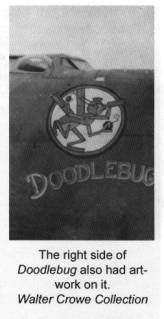
“Those lower gears were supplemented by using two transmissions. “In those days, trucks had axle ratios like 8-10:1 (car ratios were more commonly 4-5:1),” Ballard said. Some method of providing lower gearing was incorporated so the marginally powered engines could actually accomplish farm fieldwork.”īallard said that often heavy-duty rear axles with lower gear ratios were salvaged from trucks. In a typical conversion, the vehicle’s wheelbase was shortened, a heavy-duty rear axle was substituted and large, cleated rear wheels were installed. The most common conversion involved Model T Fords since they were almost ubiquitous nationwide.

Some companies provided a cheaper alternative by selling kits used to convert cars and trucks into tractors. “That problem was addressed in a couple of ways. The process was coined the ‘Handy Henry’ in magazines such as Popular Mechanics that provided instructions on how to convert your old truck into a useful tractor with basic tools every farmer had.”Ī little more research: “Although it was quite evident that more work could be accomplished with a tractor, the small farmer couldn’t always come up with enough resources to buy one,” wrote Clell G. Conversion kits were $300 back then so the farmers just did it themselves. “The DoodleBugs of the 1940s were typically made from Model As or Model Ts. “DoodleBug is a slang name for a homemade tractor during WWII when tractors were in short supply,” Kosilla says.


 0 kommentar(er)
0 kommentar(er)
